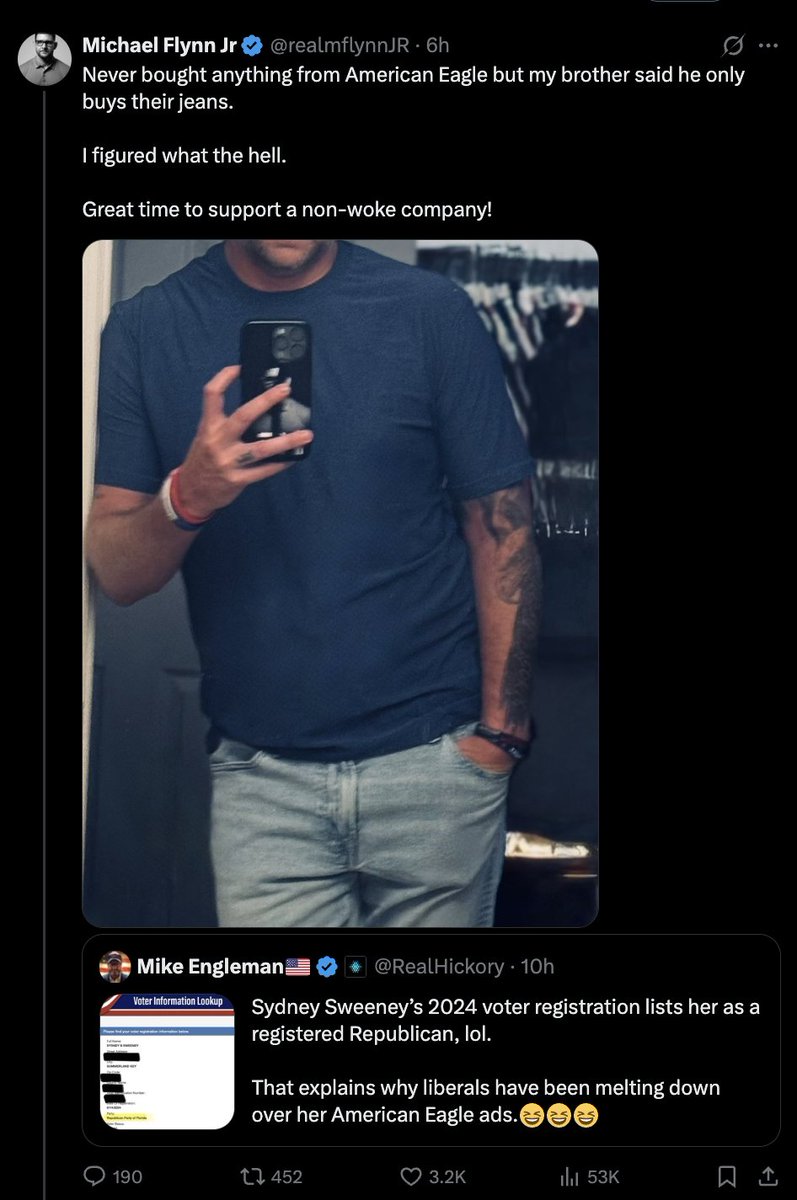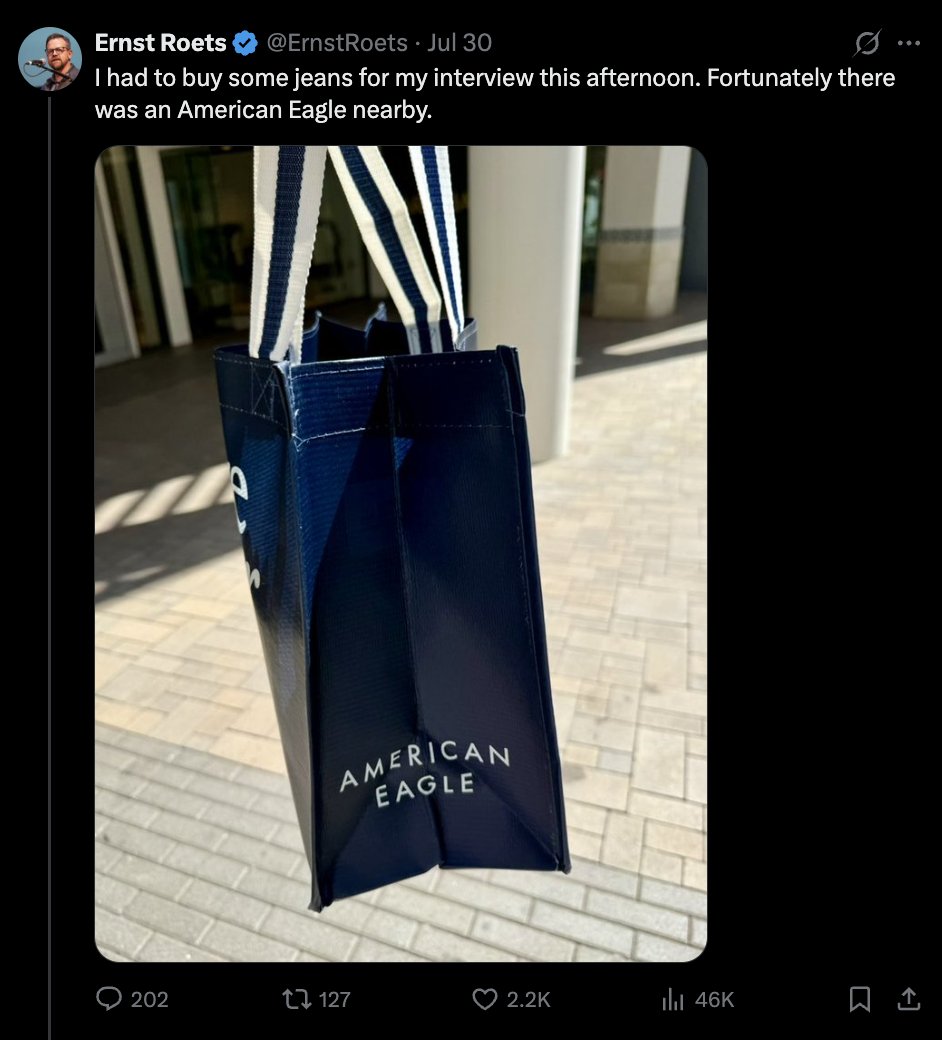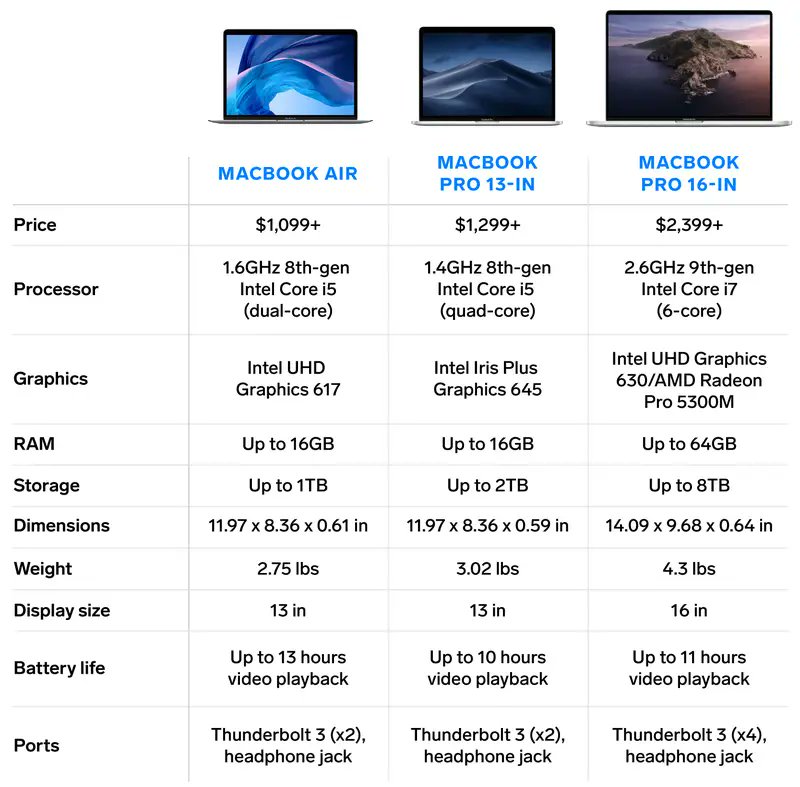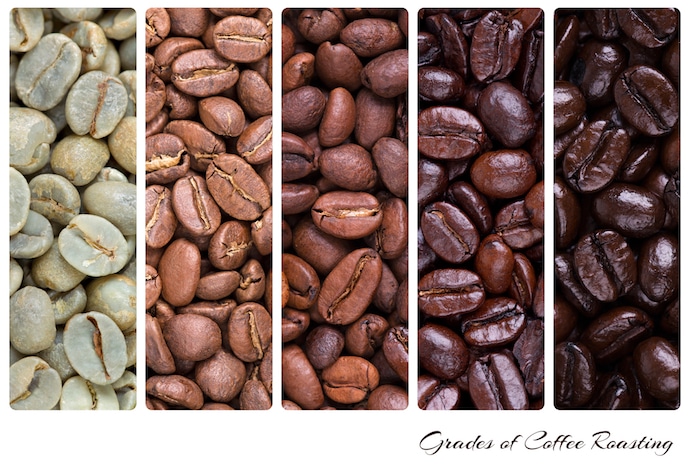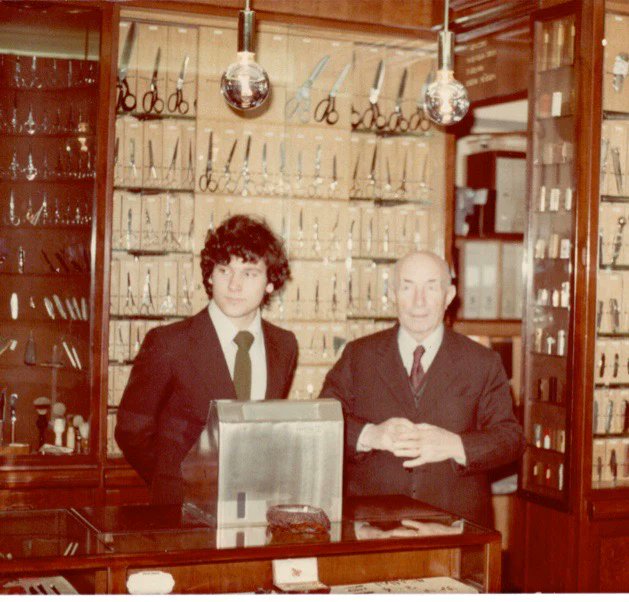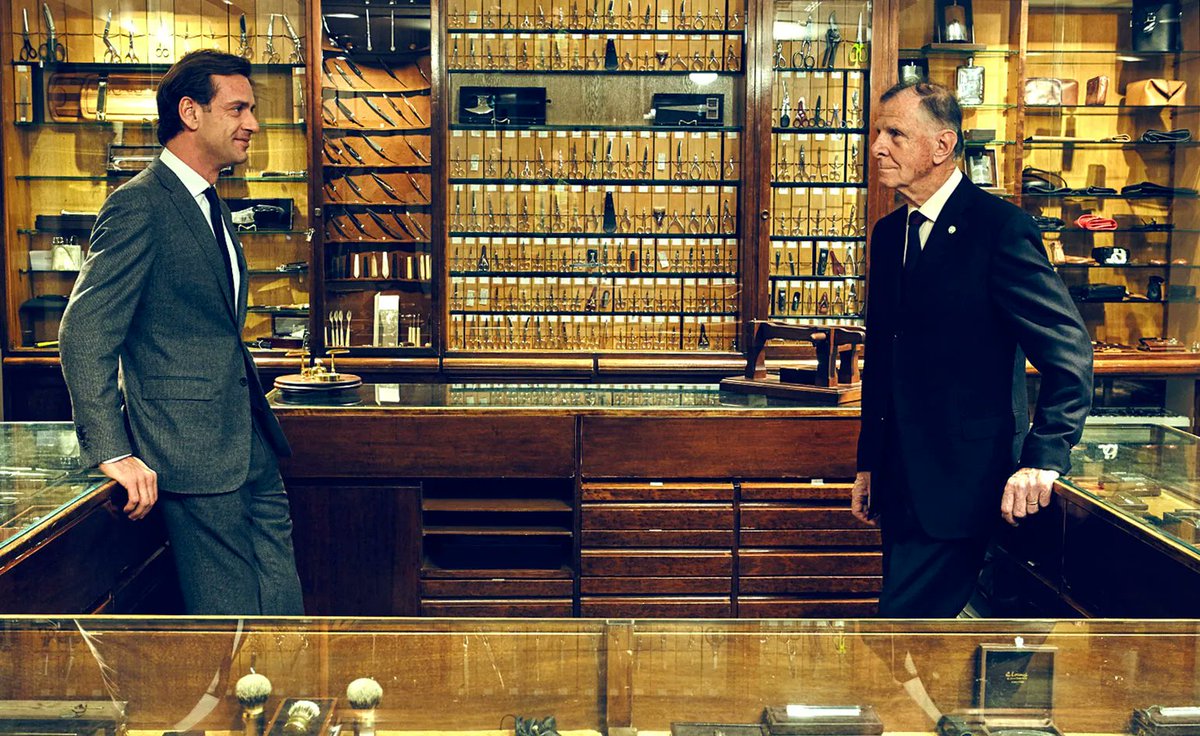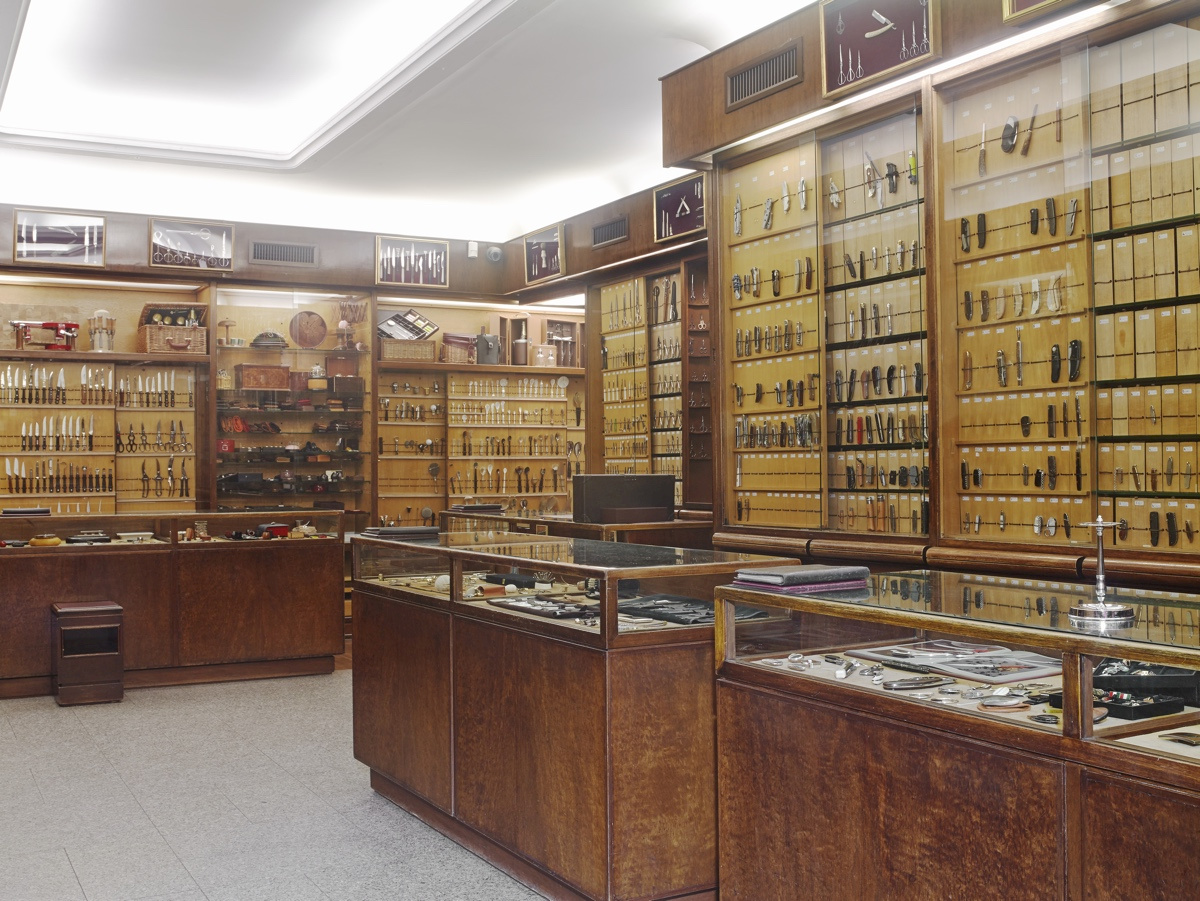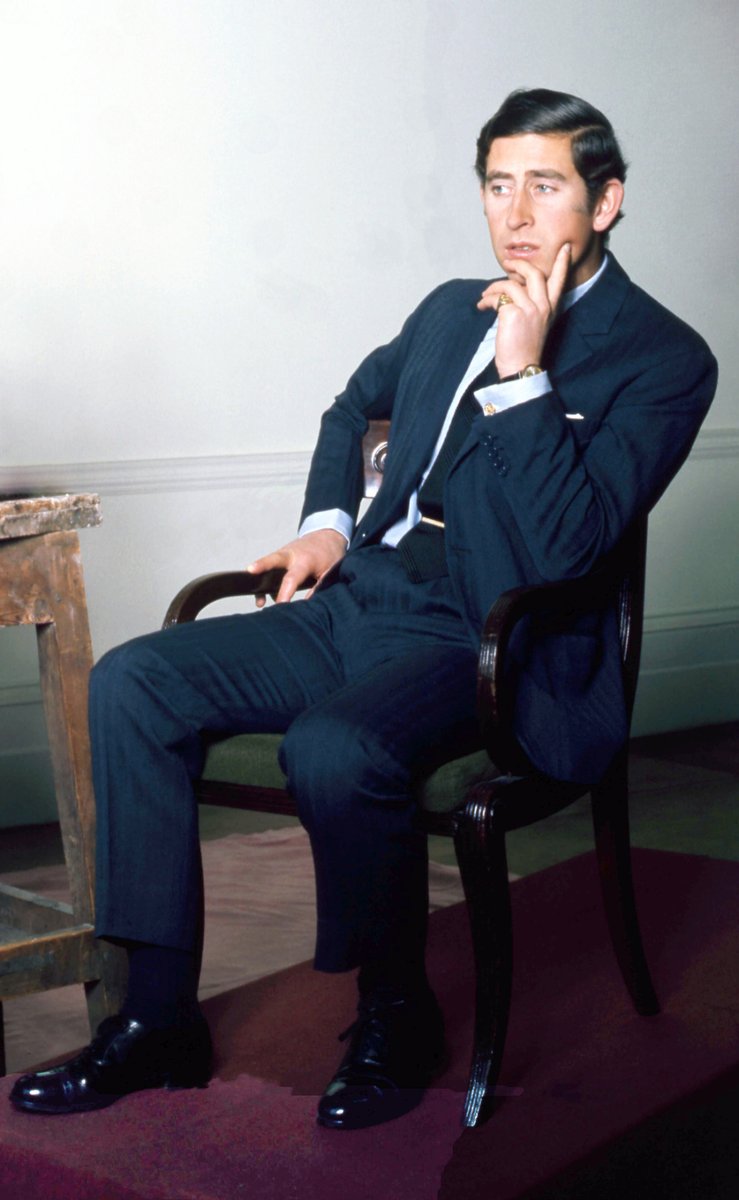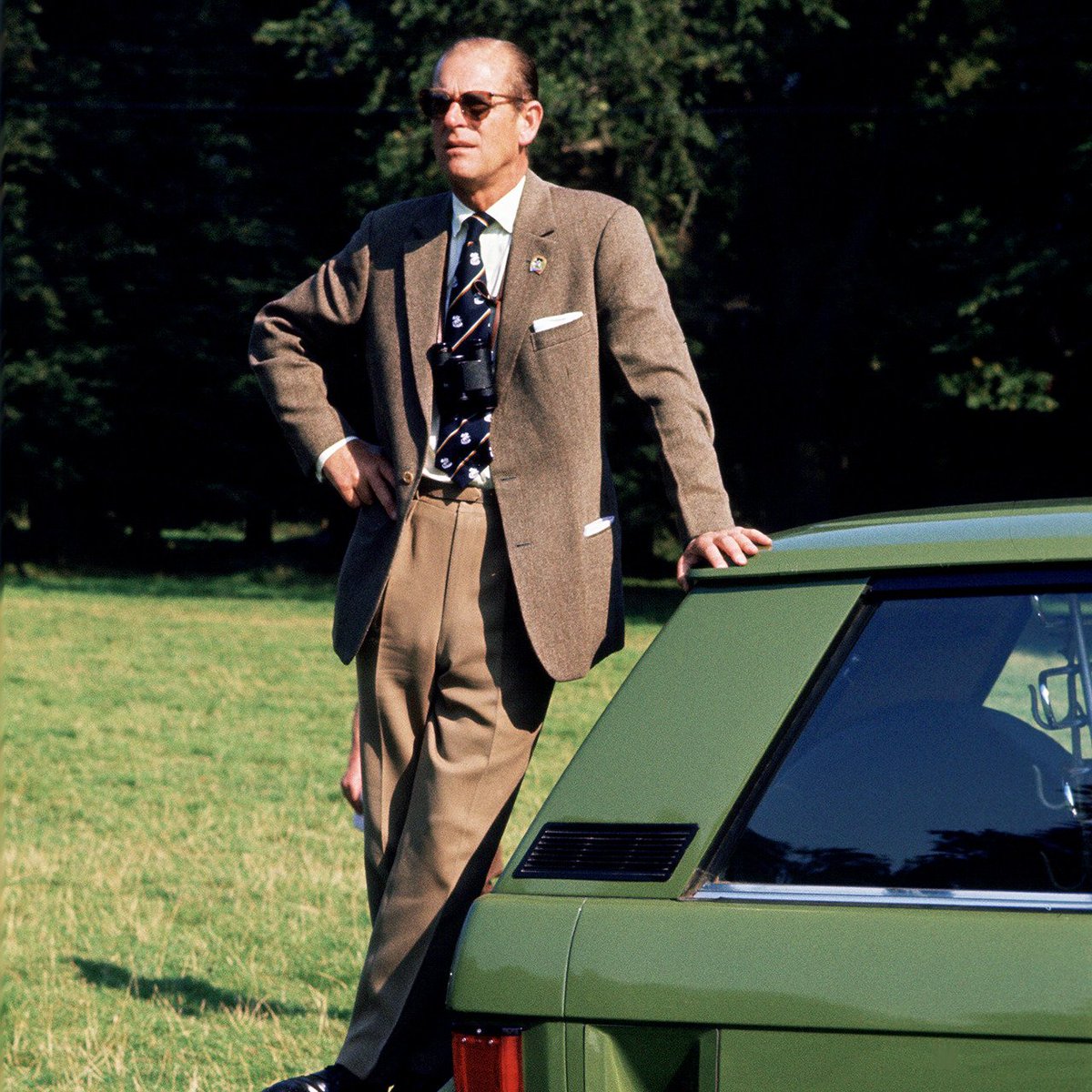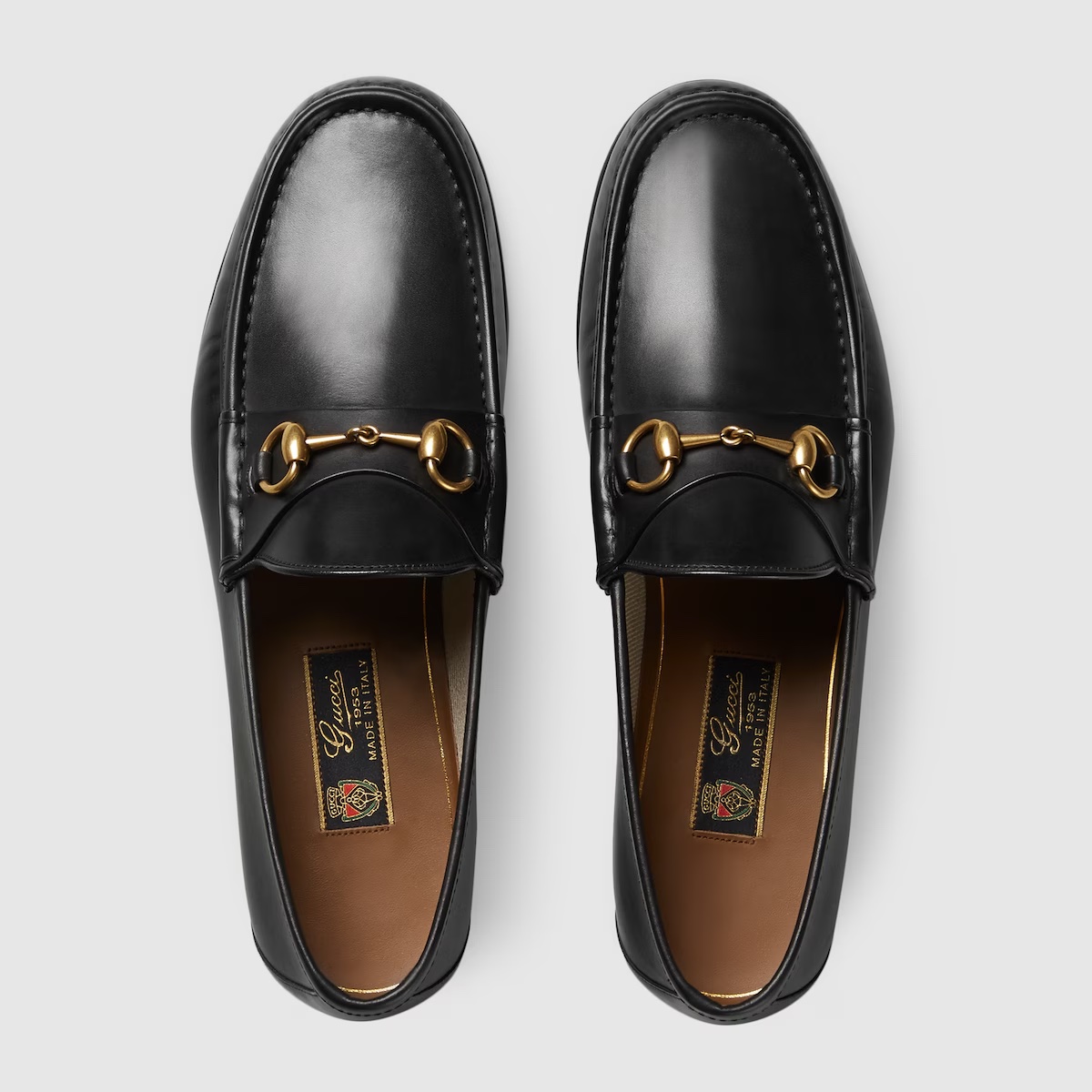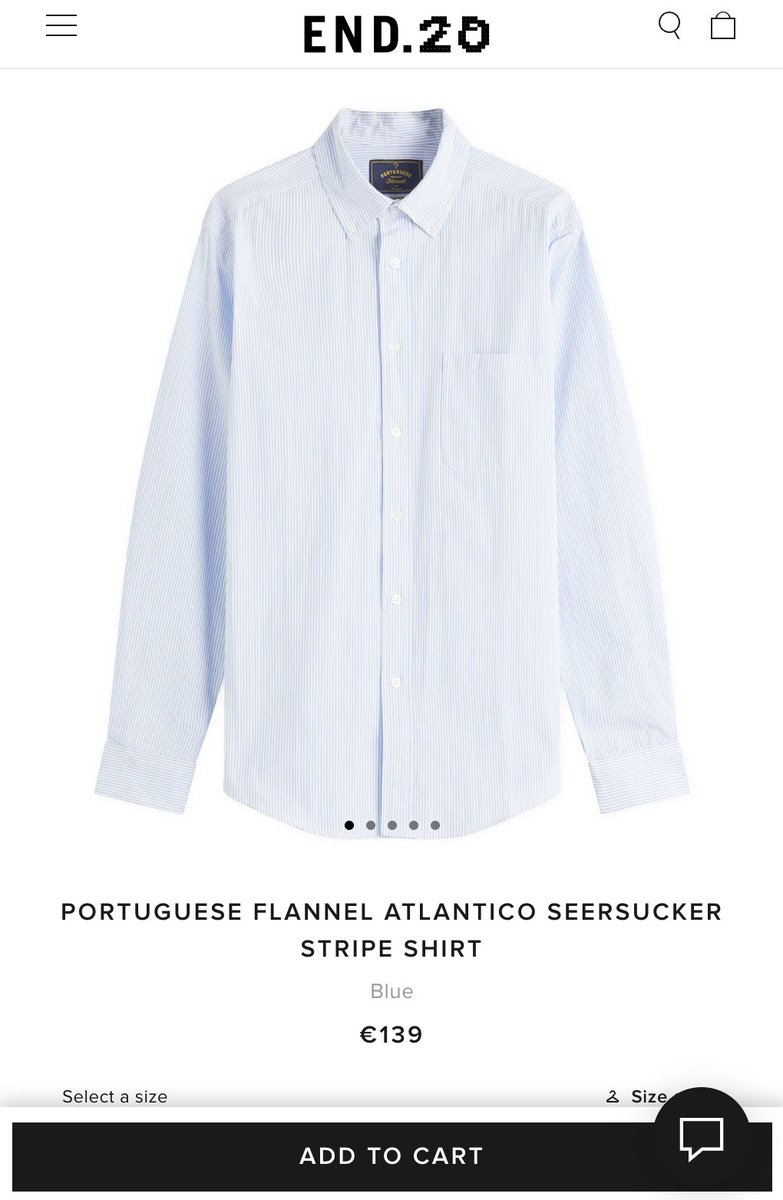THREAD ON WESTERNWEAR
Some ideas on how to make Westernwear look good 🧵 https://t.co/dqSyRL4vAg

Some ideas on how to make Westernwear look good 🧵 https://t.co/dqSyRL4vAg
https://twitter.com/cody_trott/status/1679600109946826753

WESTERN SHIRT
Start w/ a denim Western shirt. It can be worn with a tweed sport coat (a classic RL move) or rugged casualwear (e.g., leather jacket, trucker jacket, field coat). Blue denim is an easy choice, but the style also works well in Tencel, needlecord, or black denim.




Start w/ a denim Western shirt. It can be worn with a tweed sport coat (a classic RL move) or rugged casualwear (e.g., leather jacket, trucker jacket, field coat). Blue denim is an easy choice, but the style also works well in Tencel, needlecord, or black denim.




If you are unsure of the style, check out Wrangler's light blue, stonewashed blue denim Western shirt (get the pure cotton version; the others aren't that great). It can be had for about $30. It's a low-cost style experiment. The shirt runs true to size.




HENLEY or RIBBED TANK
Normally not a henley guy, but a white henley layered under a Western shit looks quite good. Or you can use a ribbed sleeveless undershirt (e.g., Hanes). This can be a way to add a bit of "layering" in the summertime when it's too hot for outerwear.


Normally not a henley guy, but a white henley layered under a Western shit looks quite good. Or you can use a ribbed sleeveless undershirt (e.g., Hanes). This can be a way to add a bit of "layering" in the summertime when it's too hot for outerwear.


OUTERWEAR
Almost any kind of rugged workwear-styled jacket will work with Westernwear: field coats, leather jackets, military surplus, etc. Rocky Mountain Featherbed also makes down jackets and vests with Western yokes. Has a 1970s Colorado ski instructor vibe




Almost any kind of rugged workwear-styled jacket will work with Westernwear: field coats, leather jackets, military surplus, etc. Rocky Mountain Featherbed also makes down jackets and vests with Western yokes. Has a 1970s Colorado ski instructor vibe




But if you're on a budget, the best pick is a vintage Lee 101J. Has a V-shaped silhouette that I think is cooler than the straight fit on a Levis Type III. It can be had for about $75 in a vintage shop (shop in person, as the fit is wonky). Suede truckers are also cool, but $$$








RRL SHAWL COLLAR CARDIGAN
They're insanely expensive, but if you can splurge on one, RRL's hand-knit shawl collar cardigans have no equal. They also do more affordable machine-knit cardigans (nice, but not as nice). Kanata & Canadian Sweater Company's Cowichans are also cool.




They're insanely expensive, but if you can splurge on one, RRL's hand-knit shawl collar cardigans have no equal. They also do more affordable machine-knit cardigans (nice, but not as nice). Kanata & Canadian Sweater Company's Cowichans are also cool.




COWBOY BOOTS
These can "make" a fit. Check JB Hill, Lucchese, and Rios of Mercedes. Or Tecovas on a budget. Or vintage Acme on Etsy and eBay. Cowboy boots with tall heels are distinctive but only work with Westernwear. Try shorter, rounder ropers for more versatility.




These can "make" a fit. Check JB Hill, Lucchese, and Rios of Mercedes. Or Tecovas on a budget. Or vintage Acme on Etsy and eBay. Cowboy boots with tall heels are distinctive but only work with Westernwear. Try shorter, rounder ropers for more versatility.




WRANGLER WRANCHERS
$30 pants with a permanent center crease. Has a flared leg and a cool Westernwear vibe. Size up two in the waist; take regular inseam. Best in colors like taupe and black. Also looks good on women. Downside: they are pure polyester.




$30 pants with a permanent center crease. Has a flared leg and a cool Westernwear vibe. Size up two in the waist; take regular inseam. Best in colors like taupe and black. Also looks good on women. Downside: they are pure polyester.




HEADWEAR
A cowboy hat can be bold. If you're shy, try a trucker cap. Kapital makes some very cool, but expensive ones. You can also shop for vintage trucker caps on Etsy (Velour in Portland just put up a bunch). An appropriately themed, non-trucker vintage cap can also be great.




A cowboy hat can be bold. If you're shy, try a trucker cap. Kapital makes some very cool, but expensive ones. You can also shop for vintage trucker caps on Etsy (Velour in Portland just put up a bunch). An appropriately themed, non-trucker vintage cap can also be great.




NATIVE AMERICAN JEWELRY
One of this country's great craft traditions. Get the real deal (stuff made by Native Americans), not the knock-offs. Chipeta Trading Company and Len Wood's Indian Territory sell vintage; Self Edge sells new. Maida also has nice, unique designs.




One of this country's great craft traditions. Get the real deal (stuff made by Native Americans), not the knock-offs. Chipeta Trading Company and Len Wood's Indian Territory sell vintage; Self Edge sells new. Maida also has nice, unique designs.




WESTERN BELT
Something that literally & figuratively ties everything together. Try ranger belts, tooled belts, "Clint stitch" belts, and Western buckles. Belts with three- or four-piece silver sets. Or a Native American buckle (mine is from Navajo silversmith Anderson Parkett).




Something that literally & figuratively ties everything together. Try ranger belts, tooled belts, "Clint stitch" belts, and Western buckles. Belts with three- or four-piece silver sets. Or a Native American buckle (mine is from Navajo silversmith Anderson Parkett).




This can be a fun area of dress, and it's easy to incorporate if you already have some basic workwear pieces (e.g., slim-straight jeans, flannel shirts, work boots). Start with a denim Western shirt & go from there.
Some more ideas (with a soundtrack!):
dieworkwear.com/2021/07/13/a-s…
Some more ideas (with a soundtrack!):
dieworkwear.com/2021/07/13/a-s…
• • •
Missing some Tweet in this thread? You can try to
force a refresh







